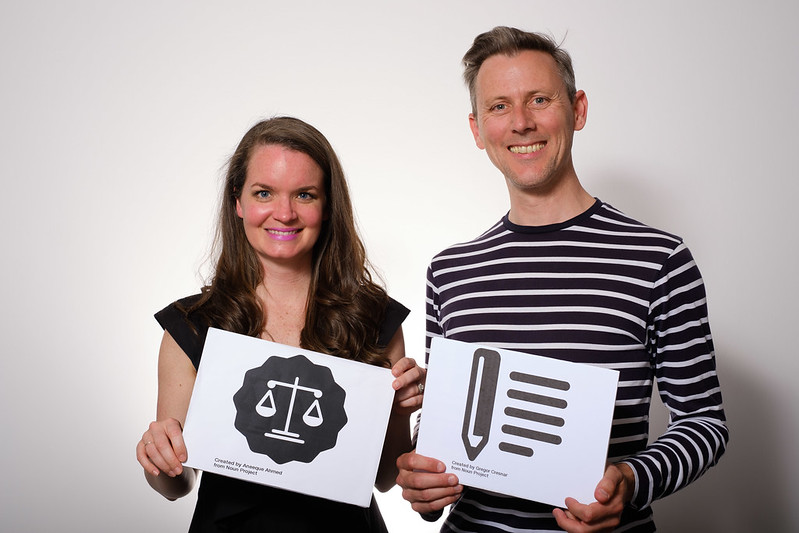How many heritage institutions release their digital collections on open access terms? In spring 2018, Dr Andrea Wallace and I decided to find out and and the Open GLAM Survey was born.

The Open GLAM Survey examines how GLAMs (Galleries, Libraries, Archives and Museums) make open access data – whether digital objects, metadata or text – available for re-use. Its working definition of ‘open’ is guided by Open Knowledge Foundation’s Open Definition. Its summary statement is ‘open means anyone can freely access, use, modify, and share for any purpose’ and the Definition helpfully provides a list of licences, rights statements and legal tools that accord with this spirit.
The Survey covers data that GLAMs make available on their websites and/or external platforms. It focuses on digital surrogates of objects in the public domain, where any term of copyright for the material object has expired or never existed in the first place. Survey data is gathered via desk research and outreach to the global GLAM community.
The Survey is housed and managed in a publicly accessible Google Sheet, and uploaded regularly to the Internet Archive. The Survey has an extensive range of data points including institution name, type and country; licences/rights statements for digital surrogates and metadata; links to Terms of Use and copyright policies.

The Survey provides direct links to the open data, totalling more than 95 million digital objects from over 1600 institutions around the world. It is annotated extensively in Wikidata (Q73357989), which facilitates SPARQL queries and data visualisations.
To find about more about the Open GLAM Survey, please read my series of introductory articles:
On the Presentations and Writing pages of my website, you’ll find lots of conference videos, slides and more articles about open access to cultural heritage. Be sure to visit Open GLAM on Medium too, for global perspectives on this topic.